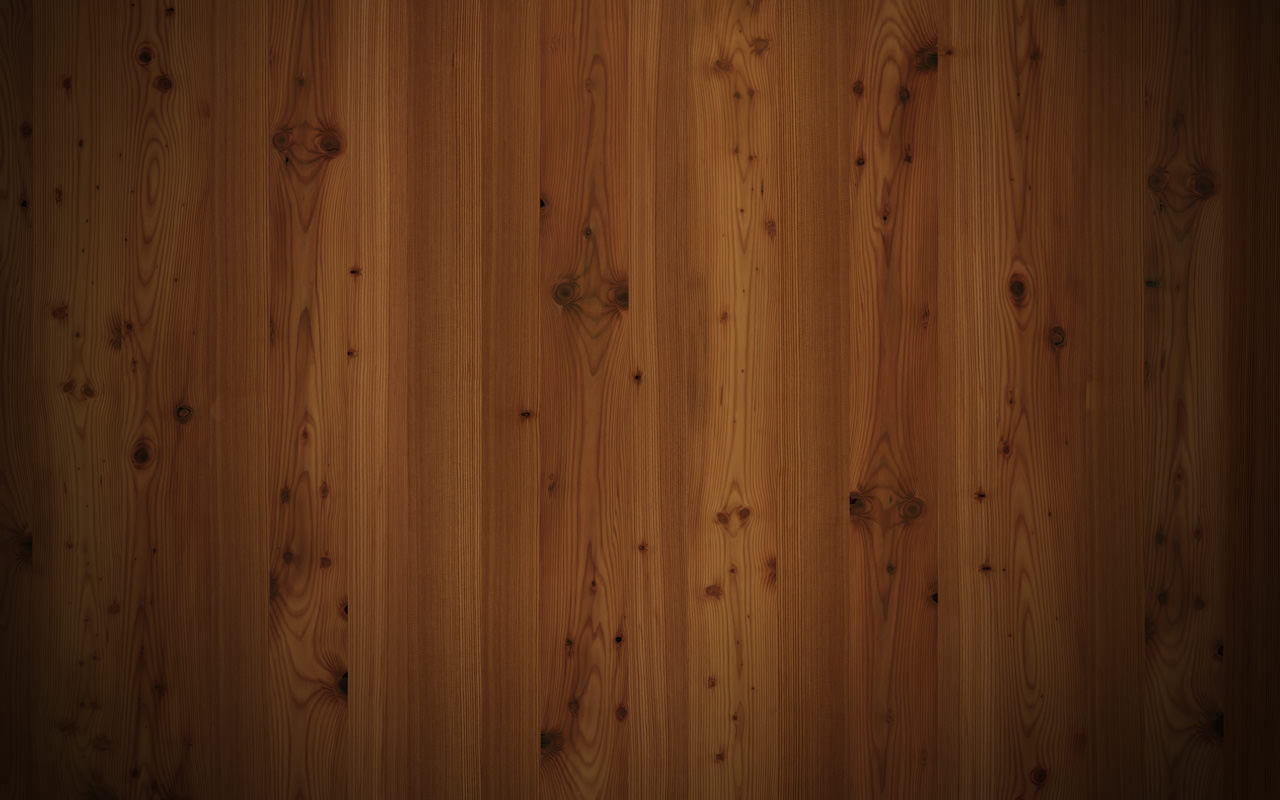

from volunteering to conscription
21
TheArmy struggled to supply new soldiers with uniforms and weapons.While Officers
were expected to buy their own uniform from a military outfitter,everything from boots
and trousers to caps and vests had to be hurriedly produced and distributed for the
other ranks. Thousands were issued with the temporary‘Kitchener Blue’uniform and a
cardboard cap badge.Some recruits thought these substitute uniforms made them look
like postmen.Others had to wait many weeks before they received any uniform at all and
reports of clothing theft in camps were common.
Learning how to use a rifle was a critical part of a new soldier’s training but weapons
were in desperately short supply.
In a country defined by class,only‘gentlemen’from the upper and middle classes were
expected to become new Officers in 1914.Britain’s public schools and universities were the
main recruiting grounds for the new leaders required to manage the new soldiers in the
ranks.Young officers were taught how to control and care for men and how to command
their respect.The most junior Infantry Officers,Second Lieutenants,were often only
teenagers.Each had to lead a platoon of around thirty men,many older and from much
tougher backgrounds than themselves.
The months spent as a trainee soldier improved the health of many men with some
putting on weight from theArmy food!Training together created a spirit of comradeship
and men learned to operate as a cohesive unit.Soldiers departing for the Front were often
waved off by patriotic civilians.For most,it would be their first time abroad.Each soldier
carried a message from Lord Kitchener in his pay book,reminding him to be‘courteous,
considerate and kind’to local people and allied soldiers,and to avoid‘the temptations
both in wine and women’.
21
New recruits have their kit fitted following enlistment.One young man is helped into his tunic
whilst another has his head measured in order to determine his cap size. Q 30069 © IWM

















